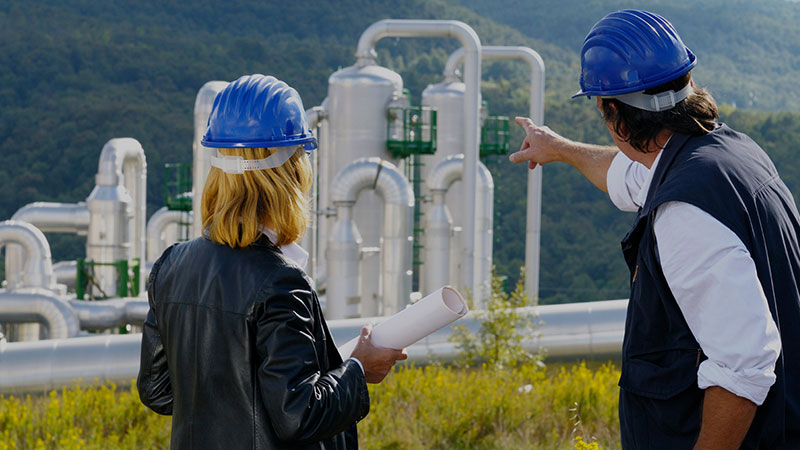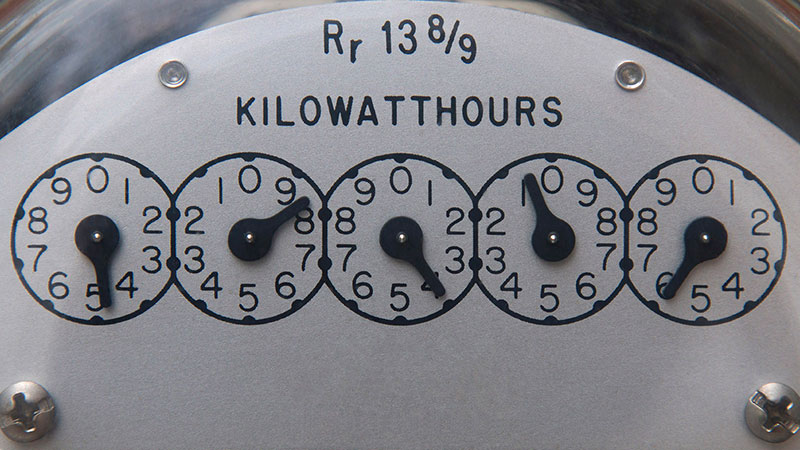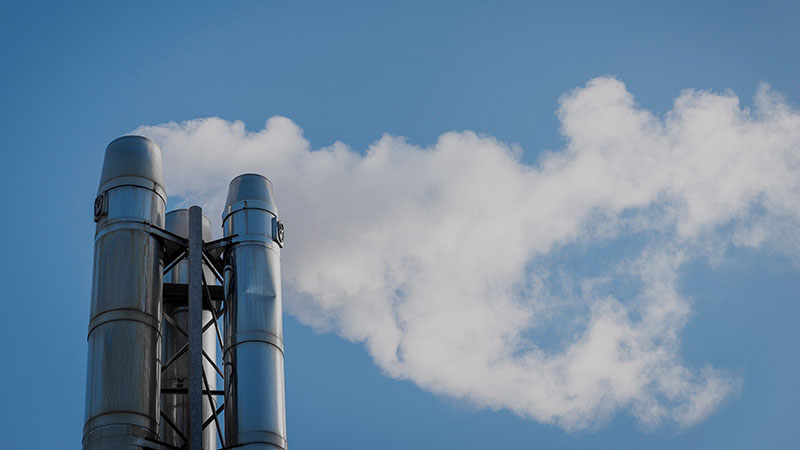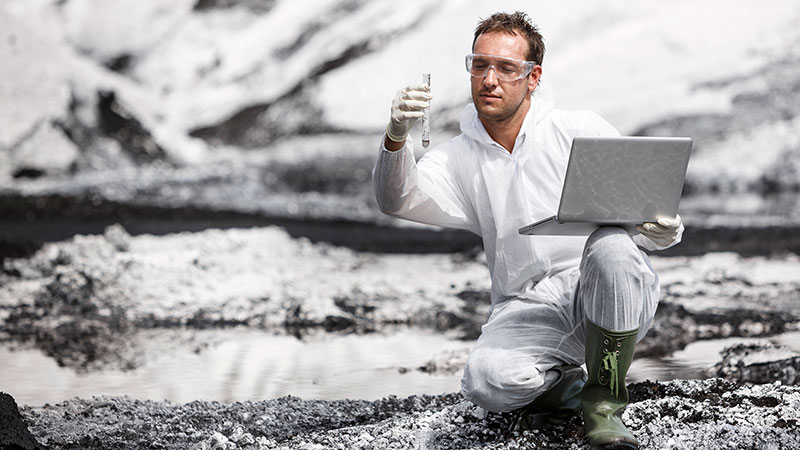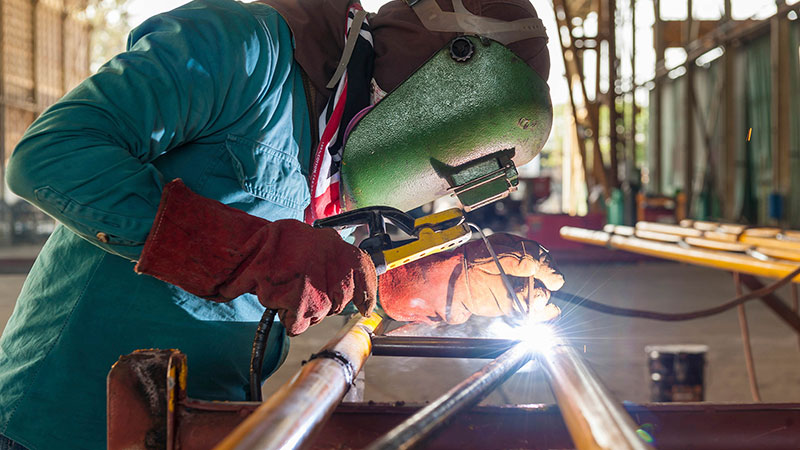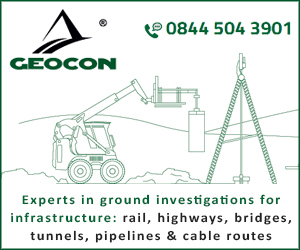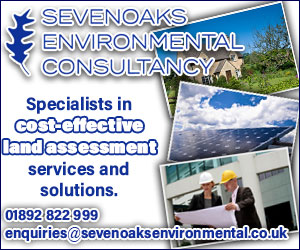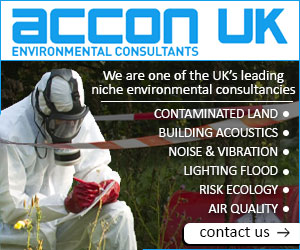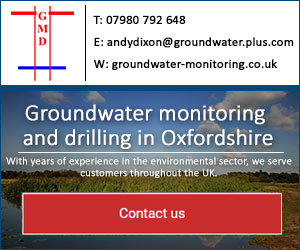Address
4 Enterprise House, Enterprise Crescent
Ballinderry Road
Ballinderry Road
Lisburn
Co. Antrim
BT28 2BP
Northern Ireland
About Environmental Efficiency Consultants
Environmental Efficiency, with offices in Bray and Lisburn, offers a wide range of energy, environmental and occupational monitoring services to the industrial and commercial sectors throughout the island of Ireland. The directors of Environmental Efficiency have wide industrial experience and are supported by a team of Chartered Engineers, environmental and science graduates, many with Masters degrees. This industry focus differentiates us from many other consultancies and enables us to understand your business, environmental and energy objectives.
Air Dispersion Models
Environmental Efficiency can carry out air dispersion modelling to Irish and UK codes.
Energy Audits
Our energy audits will typically identify between 15 and 20 energy saving opportunities that are considered practical and cost effective. These opportunities will be presented in the energy audit report with a ranking as to financial payback.
WELL, LEED and BREEAM
Environmental Efficiency supports the verification of Green Buildings. Environmental Efficiency are certified as a WELL Performance Testing Organization by the Green Business Certification Inc. (GBCI) and are listed on the International Well Building Institute approved list of testers. In addition, Environmental Efficiency can carry out assessments to the BREEAM and LEED standards.
Air Monitoring
Environmental Efficiency can undertake all air monitoring requirements including stack monitoring, boiler monitoring, ambient and occupational monitoring.
Bund & Pipeline Testing
Environmental Efficiency undertakes hydrostatic and visual inspections through the UK and Ireland.
EMS & Quality Systems
Environmental Efficiency can help you implement an Environmental Management System. Our service includes carrying out base line audits, identifying corrective actions, writing procedures and manuals, staff training and carrying out mock certification audits.
Noise Surveys & Prediction
Environmental Efficiency can measure environmental noise, including tonal noise, by undertaking a noise survey. If the noise limits are exceeded Noise prediction modelling can be undertaken to identify the most cost effective noise reduction strategy.
Workplace Monitoring
Environmental Efficiency offers workplace monitoring for air, including dust monitoring, and for noise and vibration. For all monitoring the measured values will be compared to the accepted limits and advice and guidance will be given where limits are exceeded.
Water Monitoring
Environmental Efficiency can undertake the collection of water samples, including surface, waste and ground waters. All sampling is carried out using EPA best practice and documented procedures. Sampling can be undertaken for chemical and physical parameters plus biological sampling, including Q Ratings. In addition, we are members of the Water Monitoring Association.
Air Dispersion Models
Environmental Efficiency can carry out air dispersion modelling to Irish and UK codes.
Energy Audits
Our energy audits will typically identify between 15 and 20 energy saving opportunities that are considered practical and cost effective. These opportunities will be presented in the energy audit report with a ranking as to financial payback.
WELL, LEED and BREEAM
Environmental Efficiency supports the verification of Green Buildings. Environmental Efficiency are certified as a WELL Performance Testing Organization by the Green Business Certification Inc. (GBCI) and are listed on the International Well Building Institute approved list of testers. In addition, Environmental Efficiency can carry out assessments to the BREEAM and LEED standards.
Air Monitoring
Environmental Efficiency can undertake all air monitoring requirements including stack monitoring, boiler monitoring, ambient and occupational monitoring.
Bund & Pipeline Testing
Environmental Efficiency undertakes hydrostatic and visual inspections through the UK and Ireland.
EMS & Quality Systems
Environmental Efficiency can help you implement an Environmental Management System. Our service includes carrying out base line audits, identifying corrective actions, writing procedures and manuals, staff training and carrying out mock certification audits.
Noise Surveys & Prediction
Environmental Efficiency can measure environmental noise, including tonal noise, by undertaking a noise survey. If the noise limits are exceeded Noise prediction modelling can be undertaken to identify the most cost effective noise reduction strategy.
Workplace Monitoring
Environmental Efficiency offers workplace monitoring for air, including dust monitoring, and for noise and vibration. For all monitoring the measured values will be compared to the accepted limits and advice and guidance will be given where limits are exceeded.
Water Monitoring
Environmental Efficiency can undertake the collection of water samples, including surface, waste and ground waters. All sampling is carried out using EPA best practice and documented procedures. Sampling can be undertaken for chemical and physical parameters plus biological sampling, including Q Ratings. In addition, we are members of the Water Monitoring Association.
Gallery
Videos
News
Welding is a common industrial activity and there are a number of health hazards associated with welding.
• Welding Fumes. These are very fine solid particles (mainly metal oxides) temporarily suspended in the air. These can be breathed in by welders without adequate RPE (Respiratory Protective Equipment), or by staff passing by. Some of these fumes are highly toxic. Due to the small size of welding fume particles compared to normal dust, these penetrate further into the lungs and hence can cause more damage.
• Gases. These may include ozone, and for MIG and TIG welding, inert gases. Inert gases can present a problem in confined spaces as they may displace oxygen.
• UV radiation from the welding arc. A common manifestation of UV radiation is so called ‘arc eye’ or ‘welders’ eye’. This is a painful condition. The UV radiation will also generate ozone.
There are estimated to be 190,000 workers engaged in welding in the UK and 12,200 in Ireland. This is a significant number of workers and it is absolutely essential that effects of welding fumes are understood so they can be managed.
The main health hazard, particularly with manual metal arc (stick welding) and MIG welding are the welding fumes. The majority of metal being welded is mild steel and the weld fume will therefore consist of mainly iron oxide and manganese.
Stainless steel welding is particularly hazardous as the fume contains nickel and chromium VI oxides which are highly toxic if inhaled - both are carcinogens and can also cause occupational asthma.
There are prescribed Occupational Exposure Limit Values for metal fumes, ozone and other substances. In order to ensure welders and others are adequately protected it is essential to carry out workplace air monitoring (aka occupational air monitoring). This will measure the amounts of metal fume in the air and determine the concentration. This concentration is then standardised for an 8 hour shift and compared to the relevant legislation .
In addition to monitoring, Environmental Efficiency can evaluate the existing control measures, such as RPE, and propose any necessary improvements. One particular control measure is LEV (Local Exhaust Ventilation) and Environmental Efficiency has many years of inspecting these systems to determine their effectiveness.
One final point is that monitoring of workers is not only good for their health, but can protect you from spurious legal claims. If you have no history of workplace air monitoring (and good results), it can be difficult to defend a claim in court.
Environmental Efficiency offers workplace air monitoring and LEV assessments across Ireland and the UK. Environmental Efficiency has a wide range of sampling equipment and media available in-house and can respond quickly to any monitoring requirement. For further information on workplace monitoring please contact us at Bray or one of our local offices.
For the full article please follow https://www.env
• Welding Fumes. These are very fine solid particles (mainly metal oxides) temporarily suspended in the air. These can be breathed in by welders without adequate RPE (Respiratory Protective Equipment), or by staff passing by. Some of these fumes are highly toxic. Due to the small size of welding fume particles compared to normal dust, these penetrate further into the lungs and hence can cause more damage.
• Gases. These may include ozone, and for MIG and TIG welding, inert gases. Inert gases can present a problem in confined spaces as they may displace oxygen.
• UV radiation from the welding arc. A common manifestation of UV radiation is so called ‘arc eye’ or ‘welders’ eye’. This is a painful condition. The UV radiation will also generate ozone.
There are estimated to be 190,000 workers engaged in welding in the UK and 12,200 in Ireland. This is a significant number of workers and it is absolutely essential that effects of welding fumes are understood so they can be managed.
The main health hazard, particularly with manual metal arc (stick welding) and MIG welding are the welding fumes. The majority of metal being welded is mild steel and the weld fume will therefore consist of mainly iron oxide and manganese.
Stainless steel welding is particularly hazardous as the fume contains nickel and chromium VI oxides which are highly toxic if inhaled - both are carcinogens and can also cause occupational asthma.
There are prescribed Occupational Exposure Limit Values for metal fumes, ozone and other substances. In order to ensure welders and others are adequately protected it is essential to carry out workplace air monitoring (aka occupational air monitoring). This will measure the amounts of metal fume in the air and determine the concentration. This concentration is then standardised for an 8 hour shift and compared to the relevant legislation .
In addition to monitoring, Environmental Efficiency can evaluate the existing control measures, such as RPE, and propose any necessary improvements. One particular control measure is LEV (Local Exhaust Ventilation) and Environmental Efficiency has many years of inspecting these systems to determine their effectiveness.
One final point is that monitoring of workers is not only good for their health, but can protect you from spurious legal claims. If you have no history of workplace air monitoring (and good results), it can be difficult to defend a claim in court.
Environmental Efficiency offers workplace air monitoring and LEV assessments across Ireland and the UK. Environmental Efficiency has a wide range of sampling equipment and media available in-house and can respond quickly to any monitoring requirement. For further information on workplace monitoring please contact us at Bray or one of our local offices.
For the full article please follow https://www.env
To date only 45 of the Belfast Telegraph top 100 companies are ESOS compliant. ESOS is the UK implementation of the EU Energy Efficiency Directive and required all non SMEs to have an energy audit by December 2015 but was extended to 29 April 2016.
Complying with ESOS is not painful. Whilst the audit will involve a small outlay, many of the savings identified will have little implementation cost. In addition, there are substantial financial incentives for lighting, compressed air and heating projects.
We have carried out ESOS audits for Belfast Telegraph, Kilroot and Ballylumford power stations, Interface Carpets, Glasson Recycling, RH Hall and many more. Contact either Bob Sutcliffe or Conor O'Callaghan for further information.
Complying with ESOS is not painful. Whilst the audit will involve a small outlay, many of the savings identified will have little implementation cost. In addition, there are substantial financial incentives for lighting, compressed air and heating projects.
We have carried out ESOS audits for Belfast Telegraph, Kilroot and Ballylumford power stations, Interface Carpets, Glasson Recycling, RH Hall and many more. Contact either Bob Sutcliffe or Conor O'Callaghan for further information.
In Northern Ireland, grants of up to 50% are available for a variety of energy efficiency projects including lighting, compressed air and heating projects. Environmental Efficiency can help you apply for this funding, can help you select the correct equipment and contractors and verify the savings.
Lighting projects are especially attractive and can have paybacks as little as one year depending on the age and type of existing lighting. Further significant savings are available as the latest lighting technology have much longer lamp lifes meaning less replacement costs. Grants are for around 20% of the cost.
Huge improvements in the efficiency of heating systems can be obtained with improved controls with paybacks of well under one year. Grants are for around 20% of the cost.
Many of have surveys have found that compressed air use is inefficient at most sites. The main causes of inefficiency are leaks and poor control. Grant aid at around 50% is available for replacement modular aluminium pipework, 20% for variable speed compressors including leak surveys and 50% for heat recovery.
This financial assistance will be particular interesting if you have completed your EU Energy Efficiency Directive audit and are looking to implement some of the more interesting projects.
Feedback from the UK Environmental Agency is that savings identified through these audits (termed ESOS in the UK) are around 20%.
For further information please contact either Bob Sutcliffe or Conor O’Callaghan on 028 9262 6733.
Lighting projects are especially attractive and can have paybacks as little as one year depending on the age and type of existing lighting. Further significant savings are available as the latest lighting technology have much longer lamp lifes meaning less replacement costs. Grants are for around 20% of the cost.
Huge improvements in the efficiency of heating systems can be obtained with improved controls with paybacks of well under one year. Grants are for around 20% of the cost.
Many of have surveys have found that compressed air use is inefficient at most sites. The main causes of inefficiency are leaks and poor control. Grant aid at around 50% is available for replacement modular aluminium pipework, 20% for variable speed compressors including leak surveys and 50% for heat recovery.
This financial assistance will be particular interesting if you have completed your EU Energy Efficiency Directive audit and are looking to implement some of the more interesting projects.
Feedback from the UK Environmental Agency is that savings identified through these audits (termed ESOS in the UK) are around 20%.
For further information please contact either Bob Sutcliffe or Conor O’Callaghan on 028 9262 6733.
Environmental Efficiency launches Indoor Air Quality Service
There is a growing awareness of the importance of indoor air quality (IAQ) for the wellbeing of staff and people at home. However, managers are often unsure how to respond to concerns from staff or from whom to seek advice. Sometimes equipment is installed in an attempt to deal with the problem, usually with little success as the source of the problem is not understood.
In order to address these concerns Environmental Efficiency has recently developed a service to address Indoor Air Quality Concerns. This service will measure a range of the commonly encountered contaminants and allow comparison with regulatory and other limits.
Solving IAQ problems is important as there are a number of pollutants found inside homes and workplaces that can cause dryness of the eyes, headache, dizziness, vomiting, and nausea. Older people and young children can be more susceptible as well as those with existing respiratory problems. These pollutants arise from household chemicals, cooking, furniture, adhesives, paints, oil spills and badly maintained sewers.
Monitoring by Environmental Efficiency will determine whether these pollutants are present and at what concentration. These concentrations can then be compared to accepted limits. Most limits are for occupational exposure of workers on 8 hour shifts. However, for housebound people such as nursing home residents, a lower limit will be appropriate.
Two recent monitoring situations demonstrate the value of this service. In the first instance staff were feeling extreme drowsiness in a particular room. Monitoring established that carbon dioxide levels were nearly three times the recommended levels. It the second instance, staff were suffering from dry eyes and eye irritation. Monitoring established that the humidity levels were far too low thus causing excessive evaporation of moisture from the eyes. In both cases, the problems were simply solved and repeat monitoring identified that all IAQ parameters were within correct limits.
For further information please see our video or contact us
There is a growing awareness of the importance of indoor air quality (IAQ) for the wellbeing of staff and people at home. However, managers are often unsure how to respond to concerns from staff or from whom to seek advice. Sometimes equipment is installed in an attempt to deal with the problem, usually with little success as the source of the problem is not understood.
In order to address these concerns Environmental Efficiency has recently developed a service to address Indoor Air Quality Concerns. This service will measure a range of the commonly encountered contaminants and allow comparison with regulatory and other limits.
Solving IAQ problems is important as there are a number of pollutants found inside homes and workplaces that can cause dryness of the eyes, headache, dizziness, vomiting, and nausea. Older people and young children can be more susceptible as well as those with existing respiratory problems. These pollutants arise from household chemicals, cooking, furniture, adhesives, paints, oil spills and badly maintained sewers.
Monitoring by Environmental Efficiency will determine whether these pollutants are present and at what concentration. These concentrations can then be compared to accepted limits. Most limits are for occupational exposure of workers on 8 hour shifts. However, for housebound people such as nursing home residents, a lower limit will be appropriate.
Two recent monitoring situations demonstrate the value of this service. In the first instance staff were feeling extreme drowsiness in a particular room. Monitoring established that carbon dioxide levels were nearly three times the recommended levels. It the second instance, staff were suffering from dry eyes and eye irritation. Monitoring established that the humidity levels were far too low thus causing excessive evaporation of moisture from the eyes. In both cases, the problems were simply solved and repeat monitoring identified that all IAQ parameters were within correct limits.
For further information please see our video or contact us
 UK
UK Ireland
Ireland Scotland
Scotland London
London




